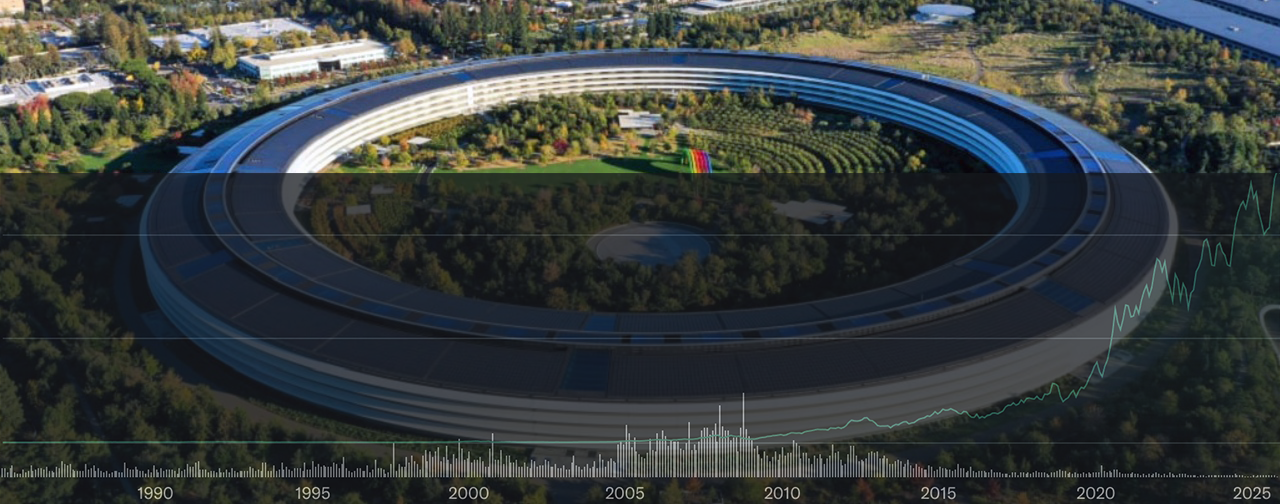It’s an interesting read from one of the largest read wristwatch publications. One of his opening remarks echoes my own general feeling:
though I do not believe it poses any threat to haute horology manufactures, I do think the Apple Watch will be a big problem for low-priced quartz watches, and even some entry-level mechanical watches. In years to come, it could pose a larger threat to higher end brands, too. The reason? Apple got more details right on their watch than the vast majority of Swiss and Asian brands do with similarly priced watches, and those details add up to a really impressive piece of design.
I look at what smartphones in general, have done to both the consumer photography and video market for example. It didn’t happen overnight but gradually. The quality level in current day smartphones, obsoleted the point-and-shoot camera market as well as the lower end of the handheld camcorder market.
The higher end prosumer/professional markets (DSLR/DSLT and HD Pro cam’s) will never really be affected though because that level of optics/higher quality image sensors, can’t be addressed in a small form factor.
But for most people, the photo and video quality from current day smart devices, is more than adequate. The wristwatch market is different though since it’s more on the lines of personal fashion along with the practicality of its functionality.
There will always be purists for example whose definition of a high end wristwatch is one that is a precision mechanical piece built to exacting standards. Considering the craftsmanship and attention to detail which goes into the innards of what makes that watch tick, it’s a view that I can respect.
Such pieces are also by their very nature, timeless. This aspect (of a mechanical piece), is something that digital/silicon, can never replace because we are talking about actual mechanical parts and movement, which drives those arms movement. It’s like why audio purists, have gone back to vinyl albums (albeit with modern day turntables that use lasers instead of an actual needle); as there is that warmth in an analog recording compared to digital.
But as noted in this linked article, it’s what Apple got right on their first foray into the whole wearables market. As I mentioned before, there is currently this psychological block when it comes to the overlap between technology and fashion. Technology has never melded well when it came to design. Technology was a geeky thing that didn’t require the product to be generally well designed. What I mean is they may have looked cool/good on the outside, but once you did a teardown, generally revealed poor build quality throughout.
The idea of paying large sums of money for a piece of technology (electronic gadgets), is often times considered ludicrous. This is in contrast to other product markets where actual design and build quality, is accompanied with a higher end premium; and where premium branding, often times commands a premium price (note that there are exceptions where some premium brand products, aren’t that great in reality). That association also has a status symbol associated with it. These lines will begin blurring though as the fashion industry begins including technology in their products.
Apple was one of the first tech companies to place an actual emphasis on industrial design; that experience is going to pay off in the wearables market. The Watch signifies yet another evolution of the company itself. Many recent Apple hires have been people with experience in the fashion industry for example; new Apple Retail SVP Angela Ahrendts (ex-CEO of Burberry) and Paul Deneves (ex-CEO of Yves Saint Laurence) who works on special projects at Apple. Additionally, Apple just recently picked up famous designer (and close friend of Apple’s lead designer, Jonathan Ives) Marc Newson.
Furthermore, this sense of design ethos is infused in the companies DNA. From my perspective, there is a huge difference in just hiring fashion experts and expert designers into a company that has nearly zero understanding/foundation in industrial design, versus a company that lives and breathes it. Apple is the latter and it shows in the build quality of most of their products both on the outside, and the inside. There is careful thought and consideration put into the product. And when it comes to actual implementation, they tend to more often than not, pull it off with better execution.
The article also notes those issues that does a good job at explaining why an Watch will likely never have that same cachet as say a Rolex, Omega, or Breitling. It’s what I noted about mechanical versus digital. Silicon is far more flexible when it is melded with software. But as noted, there is a lack of emotional attachment which comes with a crafted mechanical piece.
Sure, for folks who don’t appreciate that aspect, the premium attached to those items may seem excessive (this is why cheap watches exist in the first place). But for those who do (and have the disposal income to afford them), it pretty much answers my question as to whether or not an Watch will ever attain that same sort of distinction at the high end (in the digital category, probably, but as a pure time keeping piece, no).
The other biggie is as noted in the article (and myself in previous opinion pieces) is the autonomous operation. I’ve never been big on having to have a smart watch sort of device having to be constantly tethered to another larger device. If the Watch can operate on a basic level (it’s watch/calendar functionality) without all the extraneous stuff like notifications, GPS, maps, telephony capabilities, etc which requires the iPhone, that would be a huge plus. As far as I’m concerned, if Apple wants to really get this right on the first iteration, it’s to have two separate modes; one that is limited functionality (to what the S1 hardware and the watches iOS is capable of internally), and to the additional full functionality provided when operating with an iPhone.
What’s apparently clear though is that the same demographic (usually higher income) that tends to purchase/collect high end analog watches, will probably purchase an Watch to use on occasion, but would never trade in their analog time pieces. Where Apple will initially do far more better is at the rest of the market demographic.
What Apple also tends to do well is its ability to iterate and refine over time. The size (thickness issues) will eventually be addressed (take a look at the first iPhone and compare it to each successive form factor change – same with the iPad). And now that I have a better idea of what traditionalists look at, it’s my belief that the Watch will have an initial uptake rate far lower than iPhone’s and iPad’s. This is probably going to be a product line that has a gradual trajectory and won’t really take off until at least the third design iteration (the inevitable SOC shrink as well as shaving of millimeters off its thickness).
Generally speaking, this one is a long term play which from a release date in 2015, am looking at 3-5 years. My original plan was to begin divesting a portion of my AAPL shares in 2015 but when the stock cratered and languished for most of 2013, I pushed off those plans to 2017 at the earliest. In this regards, the Watch doesn’t have much of an impact since I’m currently in a holding pattern anyway. At current share price levels, I also see no additional reason for me to accumulate any further.



